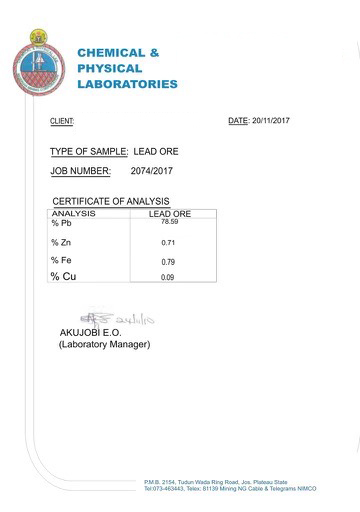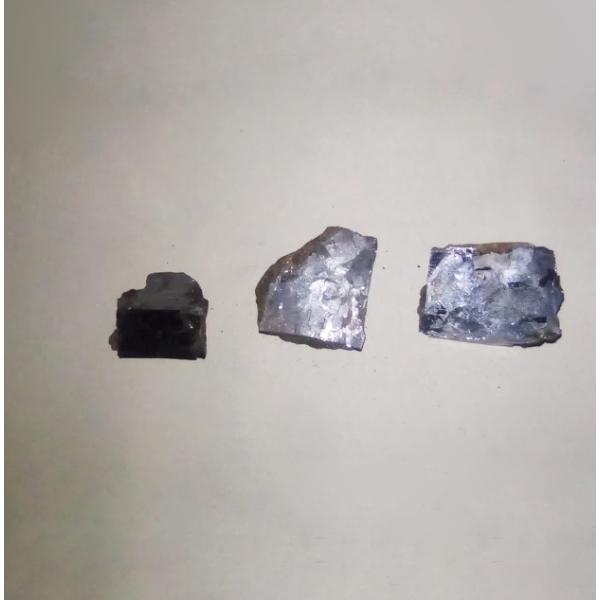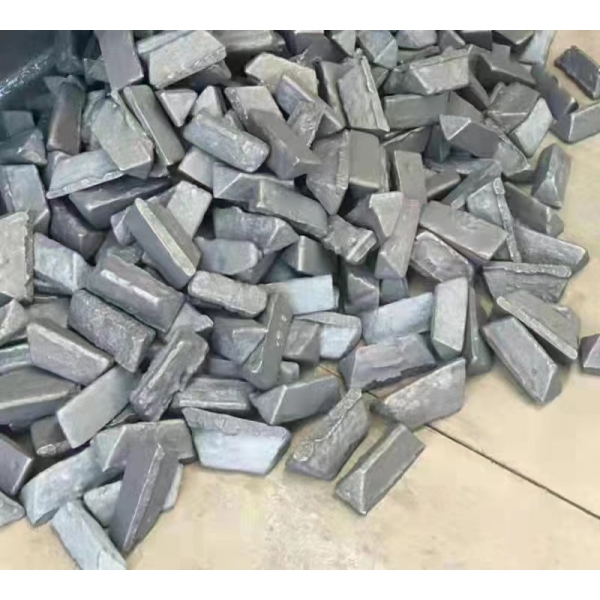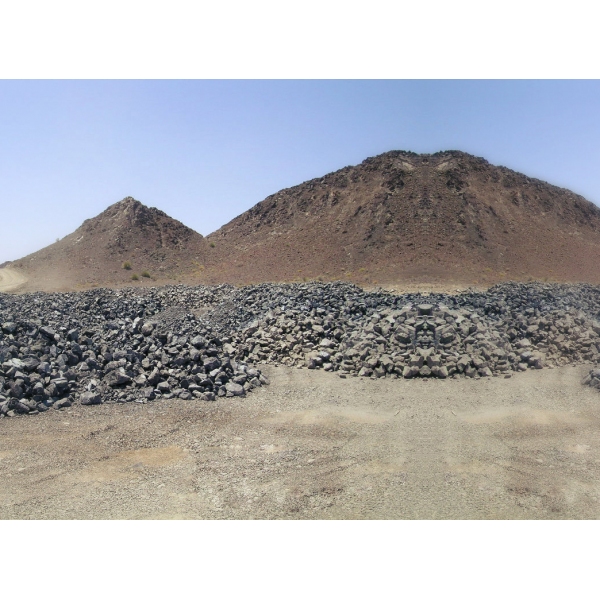- Product Details
Nigerian Lead Ore Monthly 50000 Tons Supply
Galena is the primary ore of lead.
Types of lead ore Lead ore is most commonly found as lead sulphide (PbS), galena, a heavy, shiny grey metallic ore with a conspicuous cubic cleavage, but locally pyromorphite, lead chlorophosphate (Pb5(PO4)3Cl). The lead ore occurs in two types of deposit: as primary lead ore in thin veins known as rakes, or a secondary deposit formed by weathering of the primary lead veins.
Lead Ore Mineralisation
The lead, zinc and copper veins on Mendip were deposited by hot mineralising fluids (typically between 50 and 150° C) rising up from depth and depositing various minerals as they cooled. The source of the fluids were the deep sedimentary basins either side of the Mendips. As the Triassic and Jurassic sediments in these basins were buried, compacted and heated over time, some of the water in the rock was forced out, along with any dissolved metals and migrated into the neighbouring Carboniferous Limestone. Here the change in chemistry, temperature and pressure led to the deposition of various minerals including lead, zinc, and locally copper.
Primary lead veins
The primary lead ore was found in thin veins cutting through the rock. In these veins, the galena occurs as either thin layers encrusting on the walls of the vein, or as thin bands, pockets or crystals within the vein. The veins were always associated with other waste minerals known as ‘gangue’, usually calcite (CaCO3) or barytes (BaSO4). Many of these veins were very thin, sometimes only a few centimetres wide, and often pinched and swelled along their length, sometimes forming complex anastomosing networks with other veins.
Secondary deposits
In many places, the lead ore occurred as large rounded ‘stones’ of galena in a soft mixture of sand and clay infilling a fissure. These deposits are secondary residual orebodies derived from now eroded primary lead veins. Being insoluble, the lead ore remained in situ as the surrounding limestone and vein calcite around them wasted away. Over time, the fragments of lead ore accumulated at ground level, keeping pace with the land surface as it was gradually lowered by erosion.
These secondary mineral deposits are often associated with ‘Neptunian dykes’, fissures in the Carboniferous Limestone infilled with younger Triassic or Jurassic sediment. Many of the spoil tips have Triassic or Lower Jurassic material in them. Secondary lead ore deposits are at or close close to the surface, which pinched out at depth to thin primary veins.
Nigeria Lead Ore Mining
It is estimated that Nigeria has over 10,000,000 tons of lead ore deposit and it is an important component in car battery production. The prospect of global economy is promising, so the automotive industry which is closely related to the lead market, is witnessing growth thereby creating more demands for the product.
Nigeria is one of the Africa countries with abundant lead natural resources deposits and minerals.
Listed below are some of the states in Nigeria that are rich in lead deposits, they are Akwa Ibom, Imo, Anambra, Bayelsa, Benue, Enugu, Niger, Ebonyi, FCT, Plateau, Cross River, Taraba, and Zamfara.
Lead is a metallic element primarily produced from the mineral, galena.
Most mineral ore contains lead with only about 3 of these minerals commercially viable, they are galena, cerussite, and anglesite and are mostly found in conjunction with other metals like zinc and silver.
Chemical Properties of Lead
Lead has an atomic number of 82, a melting point of 327.5 °C, and a boiling point of 1,749 °C. These are known as the chemical properties of lead minerals.
Lead Ore Physical properties
On the other hand, lead is very soft, blue-grey in color, has a high density, is ductile, malleable, resistant to corrosion, and has an electrical conductivity compared to other metals.
The mineral ores are mostly mined as a by-product of the above-stated valuable metals.
Ores of Lead
Extraction of lead minerals came as a result of three major ores, most times called the chief ores.
These are ores are dug from underground mines, and are considered the principal ores of lead.
Three chief Lead ores
• Galena - lead sulfide (PbS)
• Cerussite - lead carbonate (PbC03)
• Anglesite - lead sulfate (PbS04)
Apart from these 3 chief lead ores that are found in lead, other common lead-bearing minerals are:
• Boulangerite
• Minim, and
• Pyromorphite.
The best among the lead ores
Galena is the best and most important ore of lead. It is the primary source of silver, commonly mined for its rich content.
Galena is a shiny grey, heavy metallic sulphide (PbS) from which lead ore is commonly found. It remains one of the widely distributed sulfide minerals, and the most abundant of all.
Today, this lead ore, galena, is mined at many locations across the globe, making up all of the ores mined presently.
Types of lead deposits
There are three major types of deposits from which lead is produced, they are:
• Sedimentary exhalative (SedEx) deposits
• Volcanogenic massive sulfide (VMS) deposits
• Mississippi Valley-type (MVT) deposits.
Sedimentary exhalative Type Deposits
Sedimentary exhalative, SedEx deposits are the major deposit that forms part of the total of the world's lead resources (up to 50%).
Formation of sedEx Type Deposits
SedEx lead deposits are formed when hot liquids rich in metals are released in a water reservoir, usually the ocean.
The result thereafter becomes ore-bearing hydrothermal fluids, resulting from the precipitation from the final class of the hydrothermal deposit, stratiform ore at the ocean base, or the basin floor sediments.
Volcanogenic massive sulfide Type deposits
Volcanogenic massive sulfide deposits are, in other words, known as VMS ore deposits.
These are the metal sulfide type of ore deposits which, for the most part, are lead and zinc. In addition to zinc, they contain silver, gold, and copper in significant amounts.
They are formed by volcanic-related hydrothermal processes in submarine settings.
Recently in modern oceans, VMS ores are the same as the black smokers precipitate formed on the seafloor around undersea volcanoes.
Mississippi Valley Type Deposits
Mississippi Valley-type (MVT) is the ore mineral replacement of carbonate-hosted sulphide rocks. They account for up to 25% of the world's lead and zinc resources and are found almost everywhere around the universe.
MVT deposits are strabound, epigenetic ore-bodies occurring mostly in the Mississippi valley region of the United States, chiefly composed of galena and sphalerite.
According to history, from the 19th century through the mid-20th century, MVT deposits were a key source of lead in the US.
- Loading...











